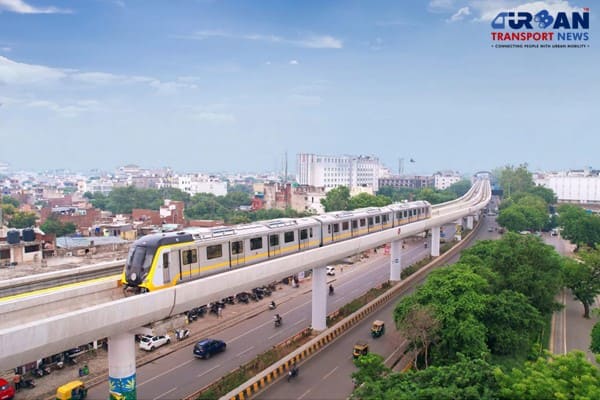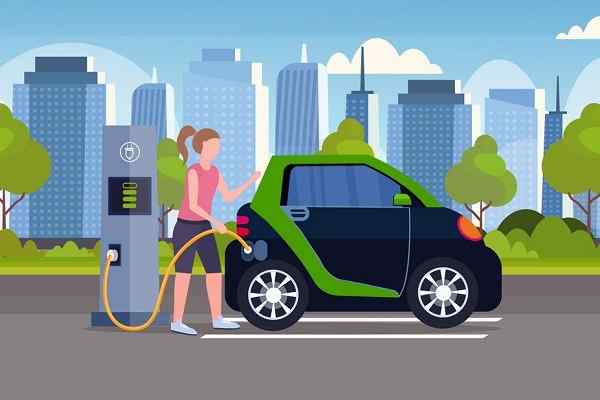 Women Powering India’s Electric Mobility Revolution
Women Powering India’s Electric Mobility Revolution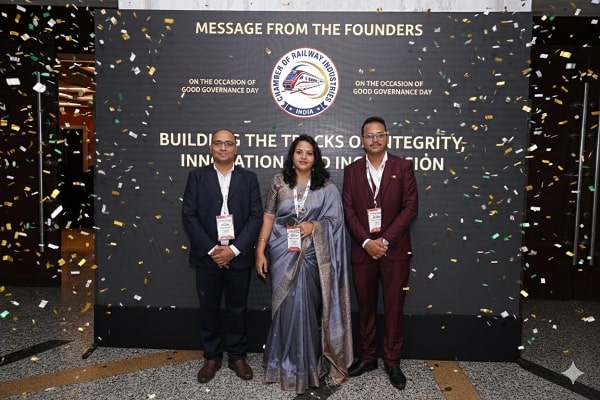 Rail Chamber Launched to Strengthen India’s Global Railway Leadership
Rail Chamber Launched to Strengthen India’s Global Railway Leadership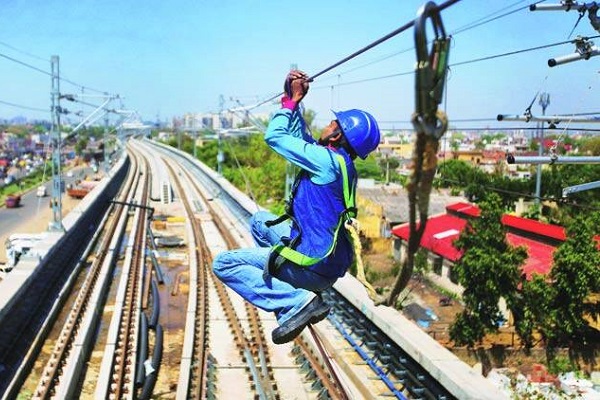 Wage and Hour Enforcement Under the Massachusetts Wage Act and Connecticut Labor Standards
Wage and Hour Enforcement Under the Massachusetts Wage Act and Connecticut Labor Standards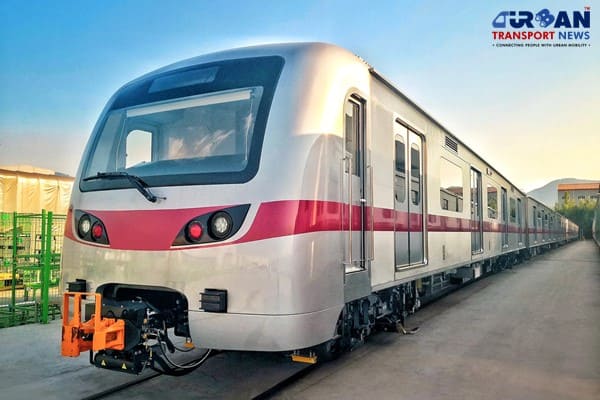 MRT‑7: Manila’s Northern Metro Lifeline on the Horizon
MRT‑7: Manila’s Northern Metro Lifeline on the Horizon Delhi unveils ambitious Urban Mobility Vision: Luxury Metro Coaches, New Tunnels and Pod Taxi
Delhi unveils ambitious Urban Mobility Vision: Luxury Metro Coaches, New Tunnels and Pod Taxi Qatar approves Saudi Rail Link Agreement, Accelerating Gulf Railway Vision 2030
Qatar approves Saudi Rail Link Agreement, Accelerating Gulf Railway Vision 2030 UP Govt plans to introduce Water Metro services in Ayodhya, Varanasi & Prayagraj
UP Govt plans to introduce Water Metro services in Ayodhya, Varanasi & Prayagraj India’s First Urban Ropeway begins Trial Run in Varanasi, Set to carry 1 Lakh passengers daily
India’s First Urban Ropeway begins Trial Run in Varanasi, Set to carry 1 Lakh passengers daily India and Bhutan to Build First-Ever Rail Link: ₹4,033 Cr Project to Boost Regional Connectivity
India and Bhutan to Build First-Ever Rail Link: ₹4,033 Cr Project to Boost Regional Connectivity Patna to launch Eco-Friendly Water Metro; Trial Run soon between Digha and Kangan Ghats
Patna to launch Eco-Friendly Water Metro; Trial Run soon between Digha and Kangan Ghats
Frequent change of MDs is delaying work of Bengaluru metro rail project
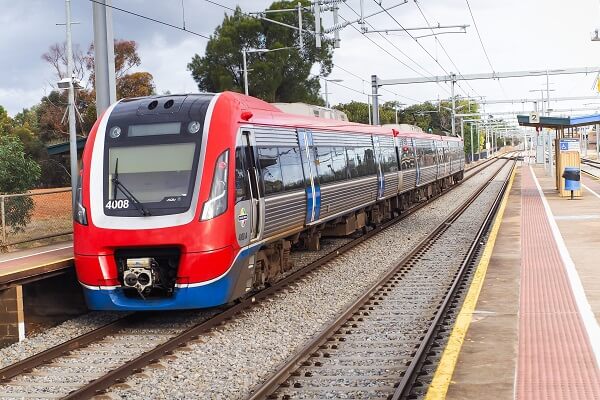
In a recent interview with Christin Mathew Philip, 'Metroman' E. Sreedharan shares his concerns and suggestions to improve mass rapid transit system in Bengaluru. Here are the excerpts from his interview:
Bangalore Metro is plagued by delays, land acquisition issues and cost escalation. What is your advice to BMRCL?
Dr. E. Sreedharan: Frequent changing of MDs is the chief reason for slow completion of the Metro network. I think, during the past 14 years, BMRC has had seven MDs whereas DMRC has had only two in 21 years. Bureaucrats, who do not have the technical knowledge and expertise in this highly specialised area, are nominated as MDs. Delays due to land acquisition have to be totally eliminated. Each day the Bangalore Metro is delayed, it would cost BMRCL about Rs 1.5 crore more.
The cost per km of Metro construction is going up. Therefore, it is necessary to bring down cost of projects through financial engineering, technical selection and timely completion. Austerity measures are needed both during construction and operation. The patronage of Bangalore Metro is indeed excellent. The network, therefore, has to be expanded fast with vision and diligence. Non-fare revenues have to be maximised to build operational surpluses. This will happen only if the Metro management has accountability.
While DMRC had proposed a high-speed rail link from MG Road to the airport, it is now scrapped and there are plans to link the city and airport with Metro and suburban rail. Which is more feasible?
Sreedharan: It is high time the government decided on a high-speed rail link from the city centre to the airport with maximum speed of 160 kmph so that journey time will be only about 20 minutes. Such a project should be a joint venture between the state government and airport operator and can be partly funded through a travel cess on this line.
Many Metro systems are now being implemented on the PPP model. Is it a viable option?
Sreedharan: The present system of implementing Metro as a joint venture between central and state governments is the best and most economical. PPP models haven’t succeeded in the country so far. The two Metros on PPP model — Hyderabad Metro and Mumbai Metro Line 1 — are facing serious financial difficulties, which may ultimately force state governments to take over.
Will a dedicated suburban rail network ease Bengaluru’s traffic woes? Will suburban rail compete with or complement Metro?
Sreedharan: With railway lines converging from five different directions to the city, cheap suburban services on the routes will decongest the city. Such a suburban system should complement the Metro.
Last-mile connectivity remains a cause of concern for Metro commuters. How do we address it?
Sreedharan: Link bus services to Metro stations have to be established with a common ticketing system to make commute seamless.
Bengaluru is notorious for its traffic congestion. What is the ideal length of Metro required here?
Sreedharan: The general thumb rule is, for every 1 lakh population, one km of Metro is necessary in a developing country like India. On that basis, Bengaluru must have 80-85 km of Metro system by now. The pace at which the network is expanding is deplorably poor.





